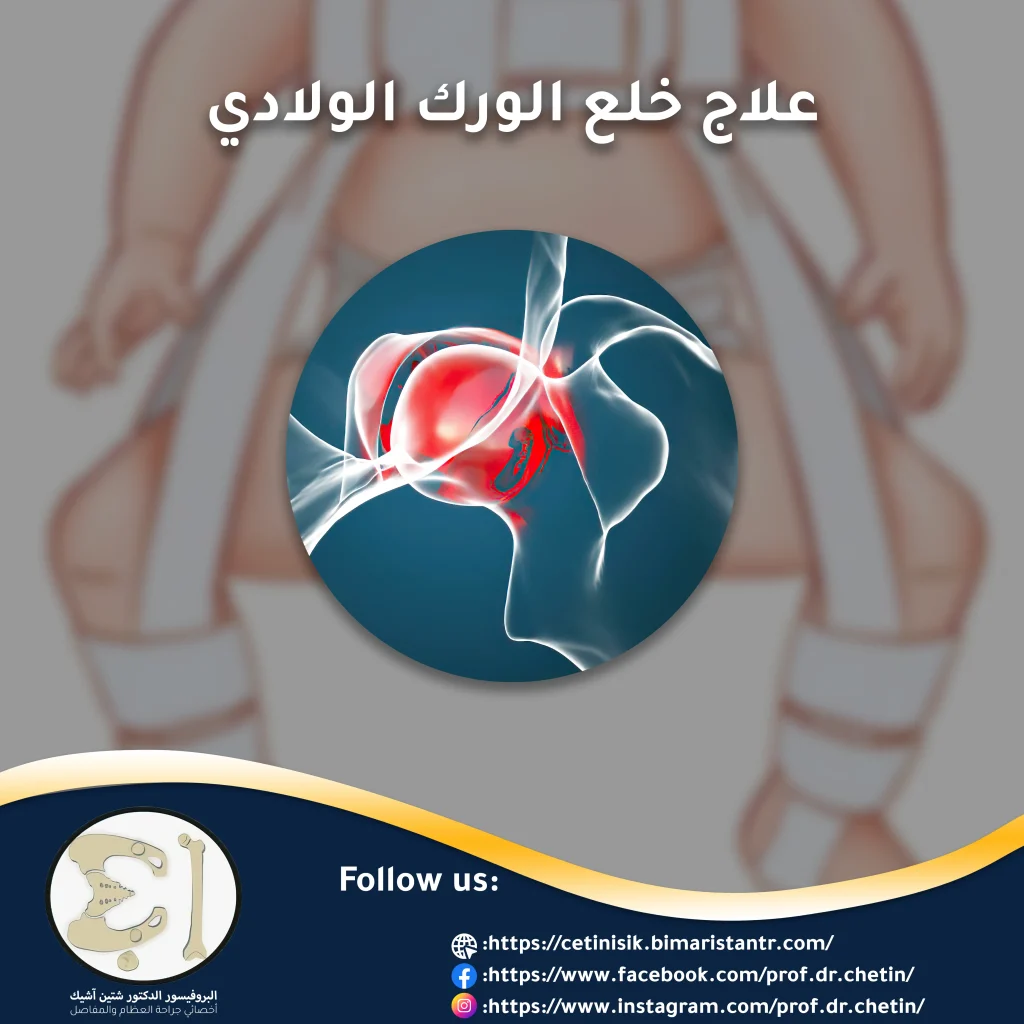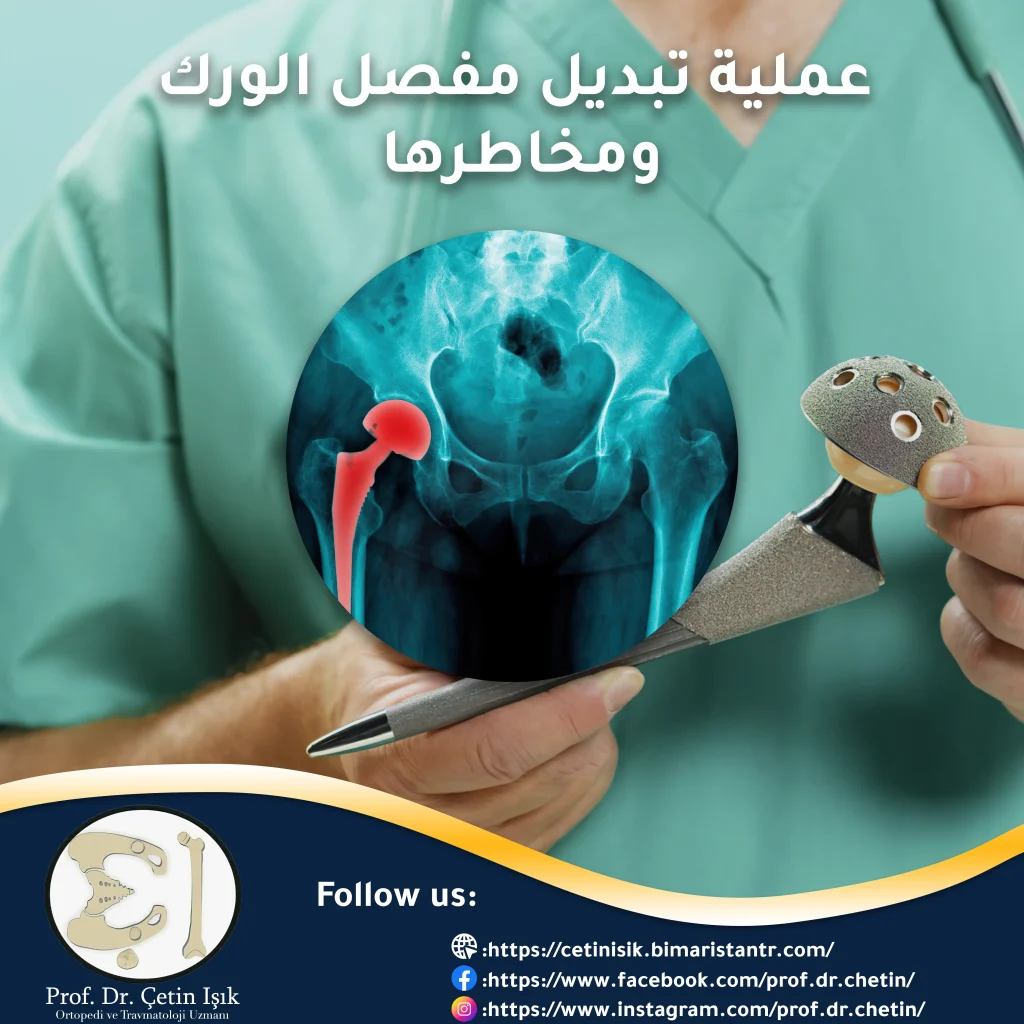Inflammation of the hip joint causes damage to the joint structures and causes progressive pain that will prevent the patient from moving in the future. Dr. Çetin Işık will help you choose the best treatment at the lowest costs.
Hip arthritis is divided into several types depending on the type of inflammation occurring. Rheumatoid arthritis (rheumatism) is the most dangerous type because of its effect on other organs of the body, such as the heart. Learn with us about hip arthritis, its causes and treatment methods.
Overview of hip osteoarthritis
Hip arthritis Hip arthritis It is damage and deterioration of joint cartilage that leads to roughness and thinning of the cartilage, thus narrowing the space between the bones. This results in the bones rubbing against each other, causing pain andjoint stiffnessIn addition, bone spurs form on the edges of the bone as a result of friction.
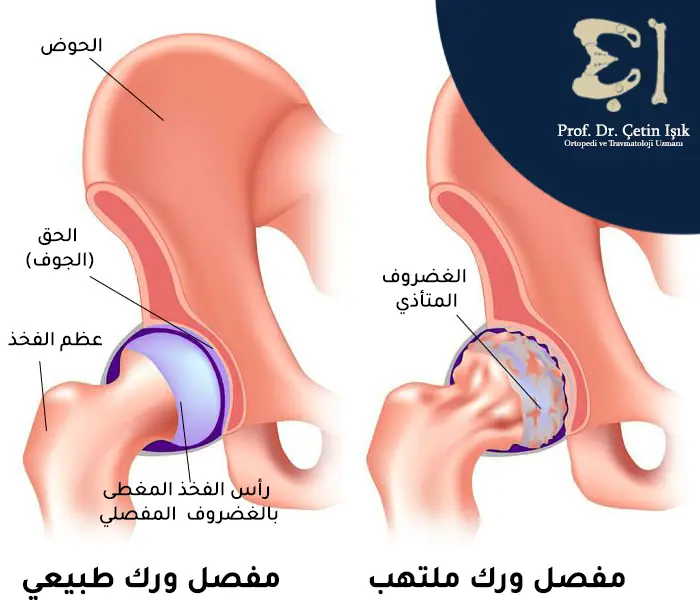
The hip joint is considered a ball-socket joint, where the femoral head forms the ball, while the socket is part of the pelvis and is known as the acetabular cavity. This type of joint allows wide movement of the joint in many directions.
There are also structures that support and strengthen the joint, such as cartilage that covers the ball and acetabulum to help it glide smoothly, in addition to muscles and ligaments.
Causes of hip arthritis
Each type of arthritis has its own cause, as there are 5 main types of arthritis:
- : Degenerative arthritis: It is the most common type of hip arthritis, usually caused by degeneration of the joint with age, so it is more common in the elderly. There are many factors that contribute to its occurrence, such as obesity, a previous injury to the hip, overloading the joint, and problems with the skeletal structures of the hip (hip dysplasia).
- Rheumatoid Arthritis: It is a systemic disease that affects the entire body, not just the joints. It is caused by the autoimmune system attacking various body tissues, including the joints, which leads to inflammation of the synovial membrane (the capsule surrounding the hip joint), so the inflammatory cells release substances that destroy the hip cartilage, and this type is considered the most common. In women, it usually affects both hips.
- Psoriatic arthritis: This type occurs in patients with psoriasis; It is an autoimmune skin disease (the body attacks itself). Untreated inflammation may lead to joint damage and pain and swelling in the hip joint before or after the skin symptoms of psoriasis (red spots covered with thick, silvery scales) appear.
- Post-traumatic arthritis: A fracture or other injury to the joint may cause damage to the joint cartilage, which develops years later into arthritis.
- Ankylosing spondylitis: It is a chronic inflammatory disease that affects the spine and the sacroiliac joint (the joint between the spine and the pelvis), and may sometimes affect the hip joint. It is more common in men and usually begins between the ages of 17-35.
Symptoms of hip arthritis
Symptoms of hip arthritis usually occur as a result of damage to the joint cartilage, and include the following:
- Pain: usually occurs in the groin (that's what some call it). Hip arthritis), pain can be triggered by certain movements and not others because the cartilage does not wear down evenly. The pain may get worse after standing or walking for long periods or after a long rest (when waking up in the morning).
- Hip stiffness: The cause of stiffness is inflammation of the synovium, which leads to difficulty moving the hip or rotating the leg.
- Joint cracking: hearing a popping sound when moving the damaged hip joint.
- Joint weakness: Feeling pain when moving the joint reduces its movement, so the hip joint becomes weak and symptoms get worse.
Diagnosis of hip arthritis
is diagnosed Hip arthritis By hearing the patient's complaints and examining him physically, some tests are also performed to detect inflammation, such as blood tests (genetic markers) and rheumatoid antibodies (to detect rheumatoid arthritis).
A simple X-RAY scan can also be performed to see cartilage erosion, bone spurs, and cysts, if present. Although the cartilage cannot be seen in a simple photograph; However, the narrowing of the space between the bones indicates erosion and loss of cartilage.

Treatment of hip arthritis
Treatment methods for hip arthritis vary depending on several factors, such as the type and stage of inflammation, the patient’s age, and the severity of the pain. Contact us for a free consultation and your doctor will decide the best way to treat arthritis
Treatment usually aims to relieve pain and prevent the injury from getting worse because articular cartilage cannot be restored after it is lost.
Hip arthritis can be treated with or without surgery, or it can be treated with both methods together.
Treating hip arthritis without surgery
Non-surgical treatment for hip osteoarthritis includes:
- Lifestyle modification: Avoiding activities that aggravate hip inflammation, such as running and jumping, helps reduce the pain attacks that the patient feels, and losing weight also helps reduce the pressure on the hip joint.
- Use walking aids such as canes.
- Physical therapy exercises: These exercises help improve hip strength and maintain joint activity to avoid lethargy and worsening symptoms.
- Medications for treating hip arthritis: They help control pain and inflammation depending on the type of inflammation, including these medications Arthritis injections Various types and vitamin and mineral supplements, in addition to immunosuppressive medications and biological medications.
Surgical treatment of hip arthritis
Surgical treatment of hip arthritis is resorted to when non-surgical treatment fails to relieve pain. Surgical treatment can help reduce pain, improve lifestyle, and enable the patient to perform daily activities.
Surgical treatment options range from operations that preserve the hip joint to operations in which the hip joint is replaced.
Options to preserve the hip joint include:
- Hip resection: This treatment option is performed in young patients and when the area of inflammation is small; Where the affected part of the joint is cut and rotated away from the hip joint so that the body’s weight is concentrated on the unaffected parts of the joint. The importance of this procedure lies in preserving the hip joint, but it requires a longer rehabilitation time.
- Hip arthrotomy: The hip joint is opened and bone spurs and soft pieces of cartilage are removed.
- Hip arthroscopy: It is used to remove infected objects from the joint, as before, but it is a minimally invasive surgery (done through small holes).
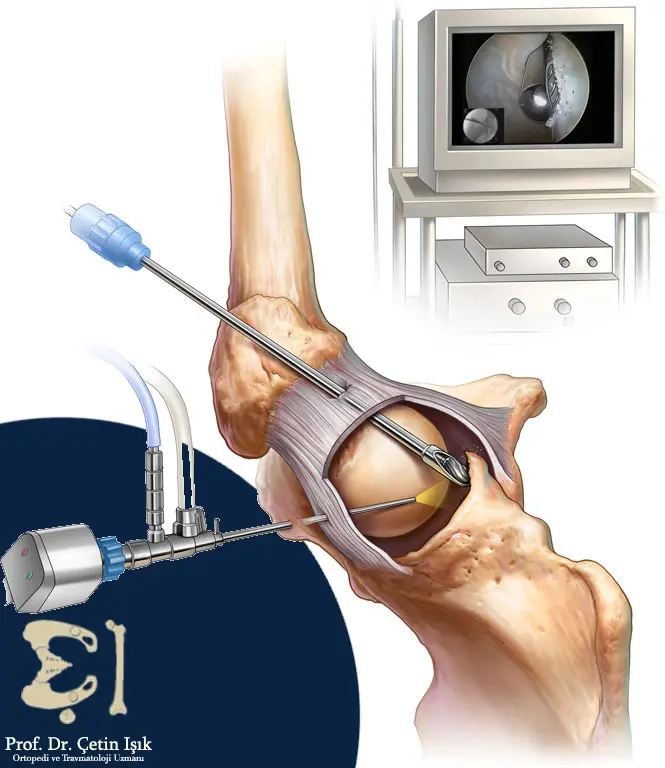
Includes options that require Hip replacement the following:
- Total hip replacement: also known as “total hip arthroplasty”, in which the ball and socket (femoral head and acetabular cavity) are replaced with artificial parts.
- Partial hip replacement: Also known as “hemi hip arthroplasty”, in which only one side of the hip joint (the femoral head) is replaced instead of both sides, and this procedure is most common in elderly people who have suffered a fracture of the femoral neck .
- Hip resurfacing: This procedure is an alternative to total hip replacement, in which the meniscus and acetabular cavity (socket) are replaced, but the patient's natural femoral head (ball) is preserved.
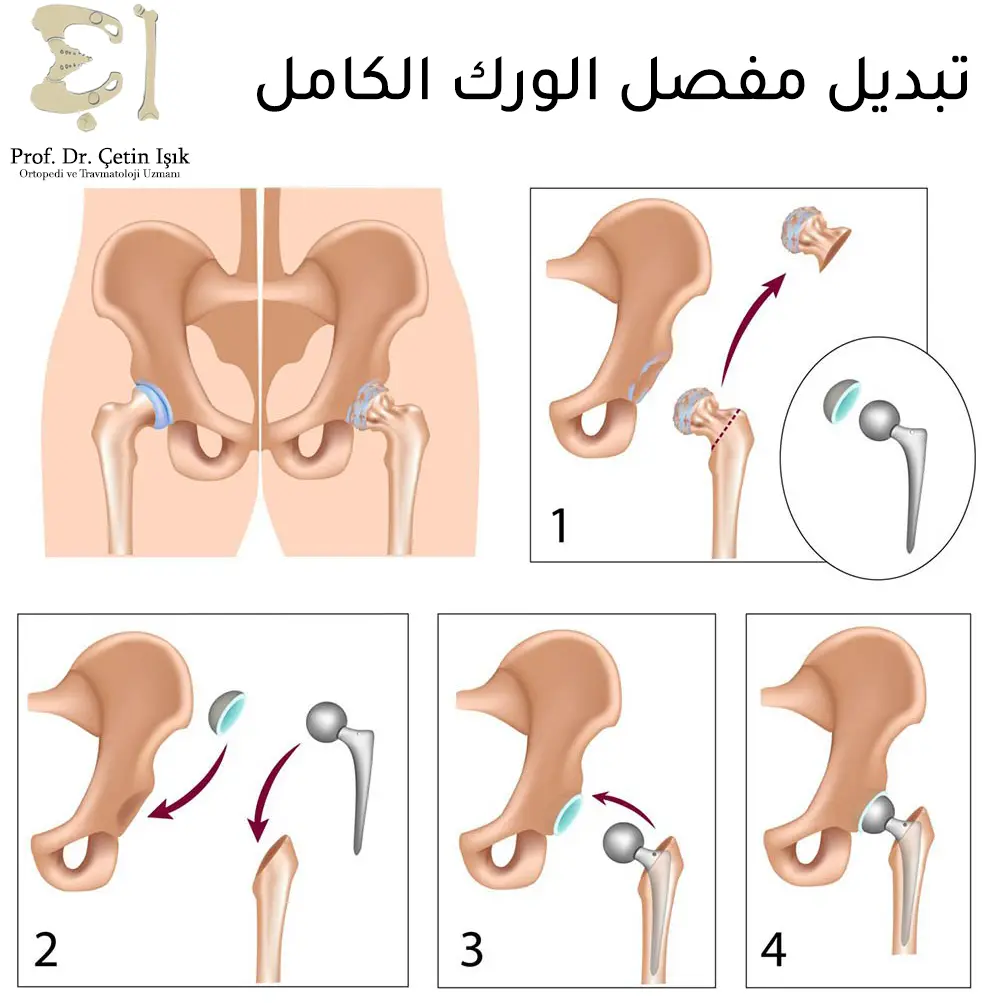
The danger of hip arthritis
There are many complications that occur when the disease is neglected and not treated, including:
- Severe pain and loss of joint function
- Deformation of the joint
- Tendon damage and rupture
- Sleep problems
Prevention of hip arthritis
due to bad luck; There is no sure way to prevent hip arthritis, but there are measures that can be taken as you age to maintain joint health. These measures include the following:
- Maintain a healthy weight; Excess weight causes pressure on the weight-bearing joints (hip - knee), in addition to excess fat causing changes in cartilage.
- Exercise at least 30 minutes daily; Exercise increases the strength of the muscles surrounding the joint and helps protect the joints from stiffness, in addition to being an important part of treatment.
- Control blood sugar level; High levels of blood sugar increase the risk of osteoarthritis.
- Avoid exposure to joint injury; As it increases Hip injuries The risk of hip arthritis.
It should be noted that it is necessary to consult a doctor when the pain worsens and continues as soon as possible to maintain joint function and perform your work to the fullest.
Hip arthritis can be treated with or without surgery depending on the severity and location of the inflammation. You can contact us to obtain a free consultation and plan treatment at the hands of the best doctors in Istanbul.
Sources:
Common questions
Hip arthritis usually cannot be cured because cartilage damage cannot be reversed, but the pain can be relieved with treatments and lifestyle improvements.
Symptoms of hip arthritis include pain that worsens when making certain movements, in addition to stiffness and cracking in the joint. Weakness in the joint may occur due to lack of use of the joint.
The cause of hip inflammation varies depending on the type of inflammation, as the most common type of arthritis is osteoarthritis, which occurs due to joint degeneration with age.
Hip arthritis can cause severe pain, and as the disease worsens, loss of joint function may occur.
When hip arthritis is ignored, the disease worsens and the pain gets worse, which affects the patient’s activities.



